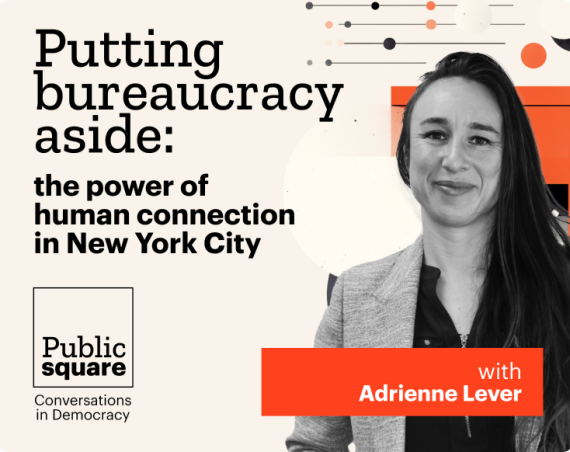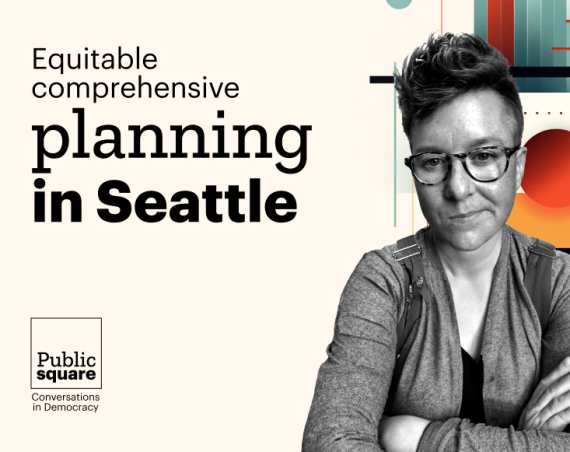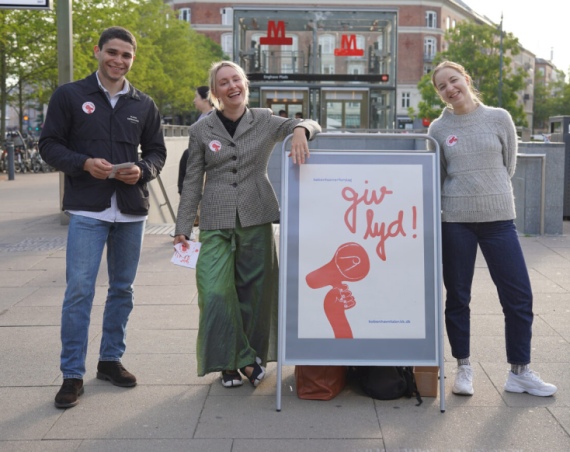From shaping the future city of Lancaster to improving parks and rec in Carlisle, PA, surveys are used across our platforms to gauge a community’s opinions on specific topics. Surveys and polls are easy to set up and provide a low-threshold way for community members to weigh in on policy topics, which explains their popularity as a participation method. Still, they only scratch the surface of what community engagement can really accomplish. Let’s examine a survey tool’s main strengths and limitations.
A survey can help you get swift community feedback
This is where surveys shine. A survey or poll is the quickest, most straightforward way to receive input from your community on a specific, predefined topic. Say you’re curious about the community’s thoughts on a new playground in the local park. With just a few questions, survey software can help you gauge what this new playground should look like, or where it should be located. In fact, your survey could even be as simple as a yes or no question—is there even a need for a new playground? There really is no easier way to hear from your community. Receiving quick feedback like this can guide you in ranking priorities on the municipal agenda or making small, low-stake decisions based on community input.
A survey can be a great stepping stone for deeper civic engagement
Due to its low-barrier nature, a survey or poll is a good starting point for participation. It could be the first phase of a participation project—a way to set the scene for a more in-depth conversation, for example through an ideation process or a budget game. Let’s return to our playground example from the previous paragraph. Say the survey indicates the local playground is, in fact, a community priority. In an ideation project, community members might suggest extra safety measures for younger children or more benches for parents. In a budget game, people might allocate more budget to a new swing set than the merry-go-round, or choose a rubber mulch flooring over sand or wood chips. If you deepen the conversation, the input you collect becomes more valuable, and can serve as a real guide for accurate policy.
A survey tool can also be a good entry point for local governments who are just getting started with community engagement. It’s relatively low-effort, provides a quick response, and helps officials train their engagement muscles and develop a culture of participation in their communities.
A survey tool can help you close the feedback loop
Closing the feedback loop—communicating about the results after an engagement process is finalized—is crucial to successful engagement. It demonstrates impact, showcases trust, increases transparency, and shows that the city is willing and able to put words into action. This plays a vital role in motivating community members to participate in future projects and establishing a culture of engagement.
Creating engagement cycles, rather than isolated or stand-alone projects, keeps your community engaged and receptive. So, instead of simply presenting your results, why not turn them into a new topic of discussion? A quick poll can be a great way to gauge people’s satisfaction about the engagement process and provide final feedback. That way, you’ll be able to evaluate whether the implementation of your engagement process truly aligns with the community’s diverse needs and desires.

A survey can’t replace valuable two-way dialogue
Surveys are inherently one-sided. Community members can pick their choice from a list of responses to questions formulated by the government. There’s no room for community members to elaborate on the issue at hand, ask additional questions, or share concerns.
Stand-alone polls on something that is mostly set in stone are not enough to enable meaningful participation and reap the many benefits of community engagement. You’ll need to allow for constructive, two-way dialogue to foster trust between community members and the government and create truly participatory and representative policy. As we’ve mentioned above, a great way to do this is to bolster your survey with other participation methods, such as an ideation process, budget game, or workshop.
Survey software can’t provide you with in-depth information
As we’ve mentioned in the previous point, survey software usually doesn’t offer community members much space to elaborate on the topics at hand or share the reasoning behind their responses. The information you’ll collect from them is usually surface-level. While this can be a helpful tool for taking stock, it doesn’t provide you with many foundations for making policy decisions.
Say you asked 400 people if the government should invest in a new playground in the city park, and 75 of them said no. Those 75 nays are presented to you as a monolith, while in reality, all 75 respondents could have a vastly different reason for their negative answers. Person A might feel that the park is too close to a busy road, which could be dangerous for roaming children. Person B might feel that the location is not accessible enough by public transportation. Person C would prefer to see money invested in safer zebra crossing around schools, rather than the playground. All of these concerns require different considerations and decisions.
A survey can’t always encourage a wide range of people to participate
In our polarized society, people—especially those traditionally underheard and underrepresented in public policy—might feel skeptical towards their representatives. They might wonder whether their voices will be truly considered, or whether the engagement process will actually propel any kind of change. To convince people to participate, local governments must demonstrate a genuine commitment to the process.
That might mean that a quick survey only convinces your “usual suspects”—the people you are already likely to reach. And that’s an issue because hearing a variety of views within your community is the only way to develop truly representative and democratically sound policies.
To survey or not to survey, that’s the question
Now that we’ve highlighted some main pros and cons of surveys, let’s summarize with a quick overview. Working with a survey tool is a great idea when:
- You swiftly want to gauge how your community feels about a specific topic;
- You’re starting a civic engagement trajectory with several timeline phases;
- You’re just starting out with community engagement and are still getting familiar with the process;
- You’re closing the feedback loop and setting up a new cycle of engagement.
It’s worth considering another civic engagement method when:
- You’re looking for in-depth information to steer decision-making;
- You’re making important, high-stakes decisions that directly affect your community;
- You’d like to encourage two-way communication;
- You’d like to reap the maximum benefits of community engagement.





